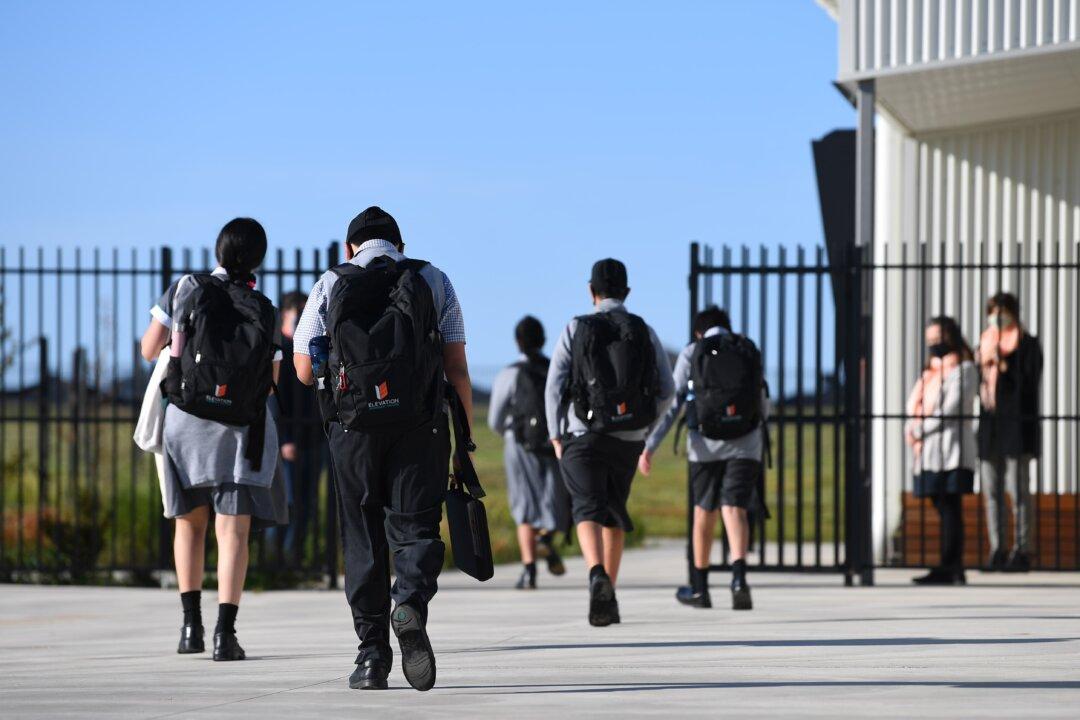Australia’s school retention rate has dropped to the lowest level in 10 years, with one in five teenagers not finishing high school in 2022.
According to the Productivity Commission report on government services published on June 6, only 79 percent of students from year 10 to year 12 finished high school, the lowest in a decade.
Non-government schools have higher rates of students completing their high school education (87.2 percent) compared to government schools (73.5 percent).
Only less than half of Aboriginal and Torres Strait Islander students finished Year 12 in New South Wales (45 percent). But in the Northern Territory, that figure is 42 percent, the lowest among all states and 79.5 percent in the Australian Capital Territory, the highest among all states.
Meanwhile, most students from years seven and eight remained in school, with only three percent dropping out in all jurisdictions other than the Northern Territory since 2013.
Colin Axup, President of the Victorian Association of State Secondary Principals, said the “post-COVID hangover” is one of the potential factors behind the high dropout rates.
Axup told Melbourne’s 3AW radio on Tuesday that many students have had a tough time during the pandemic with online study, and “maybe they’re no longer seeing the value in it, which is disappointing.”
The increase in the number of apprenticeships available also means some students are less willing to complete their normal secondary schooling.
“It’s important to get an education whether it’s finishing year 12 … or VCE, or getting a TAFE qualification is incredibly important. We know we’ve known for a long time that those qualifications mean longer and better employment opportunities for people. So it’s important to get those qualifications.”
He added that the schooling experience is valuable not only because of the academic education it offers but also because of the structures and communities.
“I believe that the structure of school and going to school and that process, if you like, the socialisation of a school setting is as important as the academic side,” he added.
Educational Achievement Between Rich and Poor Kids Widen
The education gap between kids coming from wealthy and poor households was also widening, with only 74 percent of students from the poorest families completing high school, reported the Australian Financial Review.
In May, Education Minister Jason Clare said that 15 years ago, the reading skills of 8-year-olds from poor families and 8-year-olds from wealthy families was about a year.
“Now it’s two. If you start behind, or if you fall behind, it’s hard to catch up. More often, the gap gets bigger and bigger with every year at school,” he told a gathering of the NSW Teachers Federation.
Previously, the education minister remarked, “If you’re a child today from a poor family, or from the bush, or you’re an Indigenous child, then you’re three times more likely to fall behind at school.”




